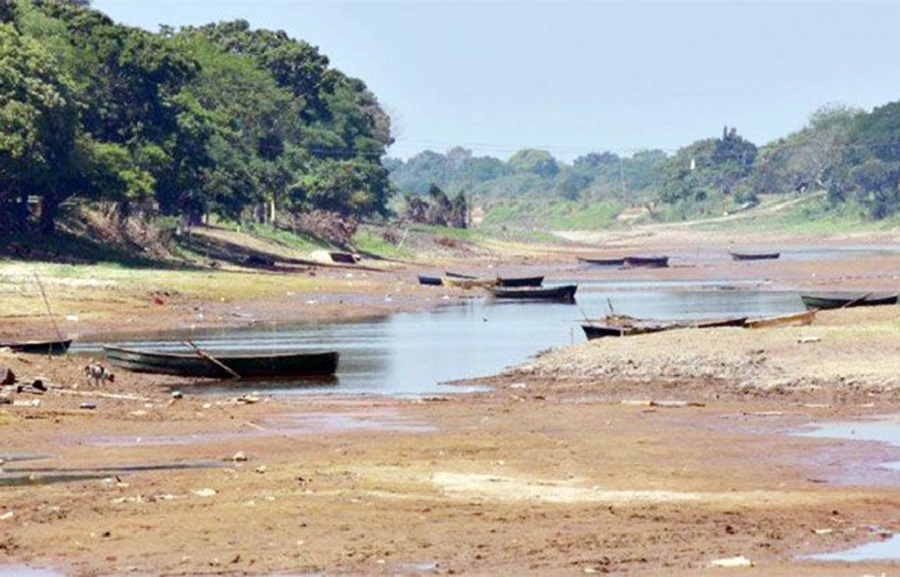RIO DE JANEIRO, BRAZIL – According to the hydrometer located at the Port of Asunción, the level of the Paraguay River on Thursday morning reached -0.55 meters. The water level in that area dropped 2 centimeters in the past 24 hours.
Less than a year later, one of the country’s main water resources is once again experiencing the worst drop in its history. In October 2020 it reached -0.54 meters, a mark that surpassed the record of 51 years ago.
Luis María Jara, head of the Navigation Unit of the Paraná River Paraguay-Argentina Joint Commission, reported on Twitter that the trend is for the river’s level to continue decreasing in the coming days.

The concern is not only due to the lack of rainfall and the Paraguay River being unable to recover, but also to the economic consequences of this drop, considering that the waterway has become impassable for convoys, ships, barges and tugboats.
This situation would be mainly hindering the transport of fuels and other vital inputs for trade, a situation that is causing a serious impact, according to sources from the shipping and port business sector.
The country has one of the world’s most important barge fleets and this type of situation results in millions of dollars in losses.
Meteorology and Hydrology director Raúl Rodas reported that analyses indicate that this year’s low water level could reach -0.80 meters (80 centimeters below the hydrometer).
He pointed out that the water will continue to drop until the end of this year and the beginning of next, considering that the consequences of the La Niña phenomenon will again be felt.
The World Meteorological Organization (WMO) recently updated its report and warned that La Niña could produce more extreme phenomena in the coming months.
The last time La Niña was seen with severe characteristics was between 2010 and 2011, followed by a moderate occurrence between 2011 and 2012.

